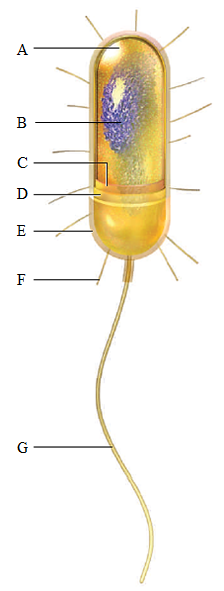A cell may meet the need for large quantities of a specific protein by all of the following EXCEPT :
a. continuously synthesizing the mRNA molecule that specifies that protein.
b. increasing the half-life of the mRNA that specifies the protein.
c. having multiple copies of the gene that codes for that protein.
d. amplifying protein genes by DNA replication
e. inhibition of DNA synthesis
E
You might also like to view...
The cuticle
a. conserves water. b. reduces absorption of carbon dioxide by the plant. c. relegates transpiration to the stomata. d. helps prevent wilting. e. does all of these.
What are the cellular mechanisms that must fail before a DNA replication error becomes a mutation?
A. translation and transcription B. transcription and proofreading C. proofreading and repair D. replication and translation E. replication and repair

A. Attachment B. Locomotion C. Protein-making D. Breathing E. Communication
Which of the following characteristics best distinguishes dinoflagellates from the other Alveolata?
A. All dinoflagellates have a macronucleus and micronucleus. B. All dinoflagellates are photoautotrophic. C. All dinoflagellates have two distinctively placed flagella. D. All dinoflagellates are free-living.